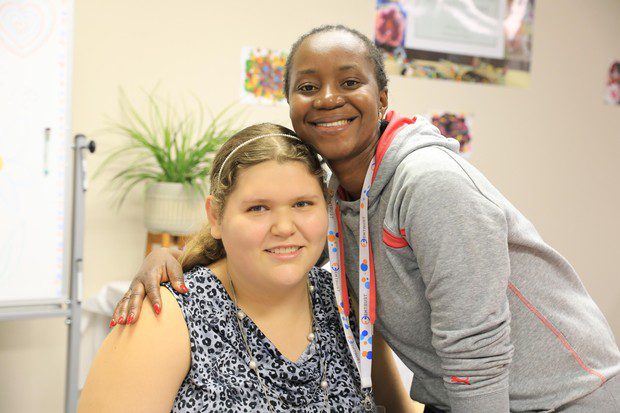
Back-to-School Strategies for Youth with Disabilities

Aug 28, 2018
(Last updated August 26, 2024 by Entrust Disability Services Team - Reviewed by Licensed Special Education Professionals)
Essential Back-to-School Transition Guide for Youth with Developmental Disabilities
Quick Answer: Start preparing youth with developmental disabilities for school 1.5-2 weeks early using three key strategies: gradually adjust sleep and meal schedules, use visual cues like calendars and school photos, and reintroduce them to the school environment 3-4 days before classes begin.
Why Early School Preparation Matters for Developmental Disability Support
Clients in our youth group homes have thoroughly enjoyed their summer break. With the new school season right around the corner, we are starting to prepare our clients for the upcoming shift in routine.
Those with developmental disabilities tend to thrive with routine and predictability. The beginning and end of the school year usually require some adjustment and some extra support. Research shows that structured transitions reduce anxiety by up to 60% in children with autism and other developmental differences.
Three Proven Strategies for Smooth Back-to-School Transitions
Here are our team's most effective back-to-school strategies that help facilitate seamless transitions for youth clients:
Strategy 1: Gradual Schedule Adjustment (Start 2 Weeks Early)
We start moving back to earlier bedtimes and wakeup times that more closely match schedules during the school year. Begin by shifting bedtime 15 minutes earlier every 2-3 days until you reach the school schedule. Black-out blinds are helpful tools that help our clients fall asleep earlier by blocking natural light.
Breakfast, snack, and lunch schedules are also slowly modified to mirror a typical school day. This prevents morning hunger meltdowns and helps establish consistent energy levels throughout the learning day.
Strategy 2: Visual Communication Tools for Anxiety Reduction
Simple visual cues are extremely beneficial for both our verbal and non-verbal clients. We find the following communication tools super helpful in managing anxiety:
- Countdown calendars that clearly illustrate when the first day of school is, marking off days together to build anticipation rather than anxiety.
- Picture cards of standard school items (backpack, lunch box, notebooks) are effective visual aids in helping children understand daily expectations.
- Photos of their actual teachers, counsellors, and classrooms serve as familiar reference points that reduce first-day surprises.
Usually about 3-4 days before school begins, we start bringing out our clients' school gear so it is visible to them. We gauge their reaction to these items and address any concerns immediately. Placing backpacks near the door is usually an effective preparation tactic that creates positive associations.
Personalized social stories are a favourite strategy in our team. We often create a customized back-to-school story for our clients as a way to provide gentle reminders of the school routine and highlight positive aspects of returning to learning.
Strategy 3: Gradual School Environment Reintroduction
Roughly 3-4 days before the beginning of school, we start taking short trips over to the school building. If possible, we walk through the halls and classrooms with our clients, allowing them to touch familiar surfaces and experience the acoustic environment. This sensory reintroduction helps prevent overwhelming first-day experiences.
Consider scheduling a brief meeting with your child's teacher before the first day. This allows your child to establish a connection and gives you the opportunity to share important information about communication preferences, sensory sensitivities, and successful calming strategies.
Complete 2-Week Back-to-School Preparation Timeline
Week 2 Before School:
- Begin gradual bedtime adjustments (15 minutes earlier every 2-3 days)
- Start discussing school in positive terms
- Create or update visual schedule boards
Week 1 Before School:
- Introduce countdown calendar
- Practice morning routines
- Read personalized social stories daily
3-4 Days Before School:
- Visit school building
- Display school supplies visibly
- Meet teachers if possible
Individual Considerations and Backup Strategies
These are the basic strategies we use to alleviate any undue stress around back-to-school with our clients. The strategies you use for preparing your child for the new school year will be completely unique to them. These approaches will depend on their personality, specific diagnosis, sensory preferences, and communication style.
Important reminders: Don't forget to begin the prep about 1.5-2 weeks before the first day of school. Have backup comfort items ready, prepare alternative transportation routes in case of changes, and create a communication plan with school staff for ongoing support.
For additional support, consider connecting with organizations like the CDC's Autism Information Center or your local Autism Speaks chapter for community-specific resources.
We hope you enjoy the rest of your summer and feel confident about the upcoming school transition!
